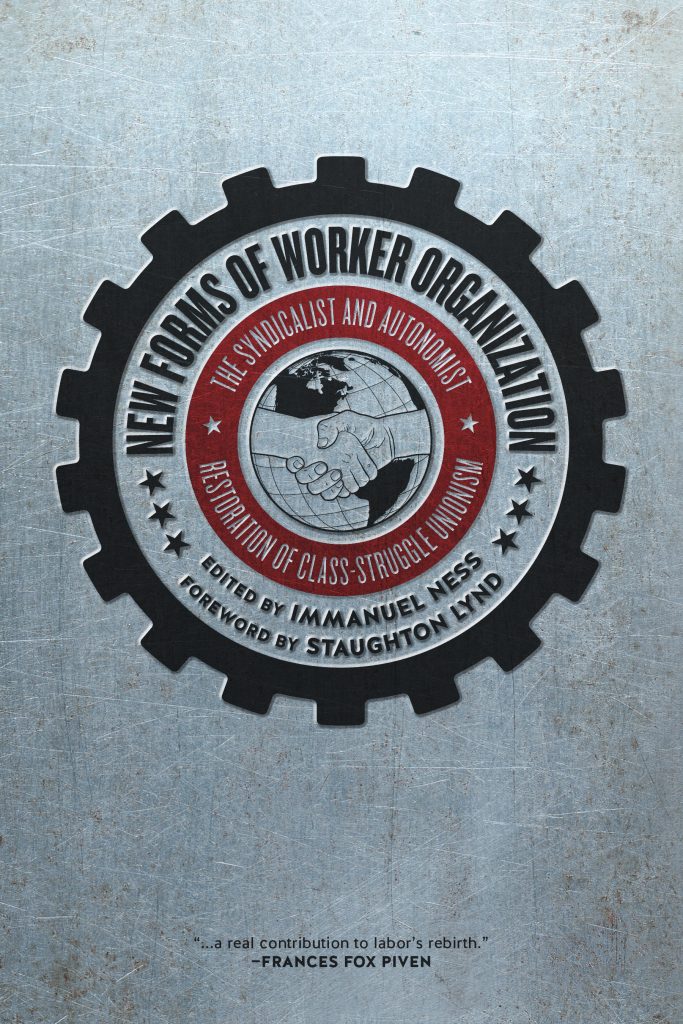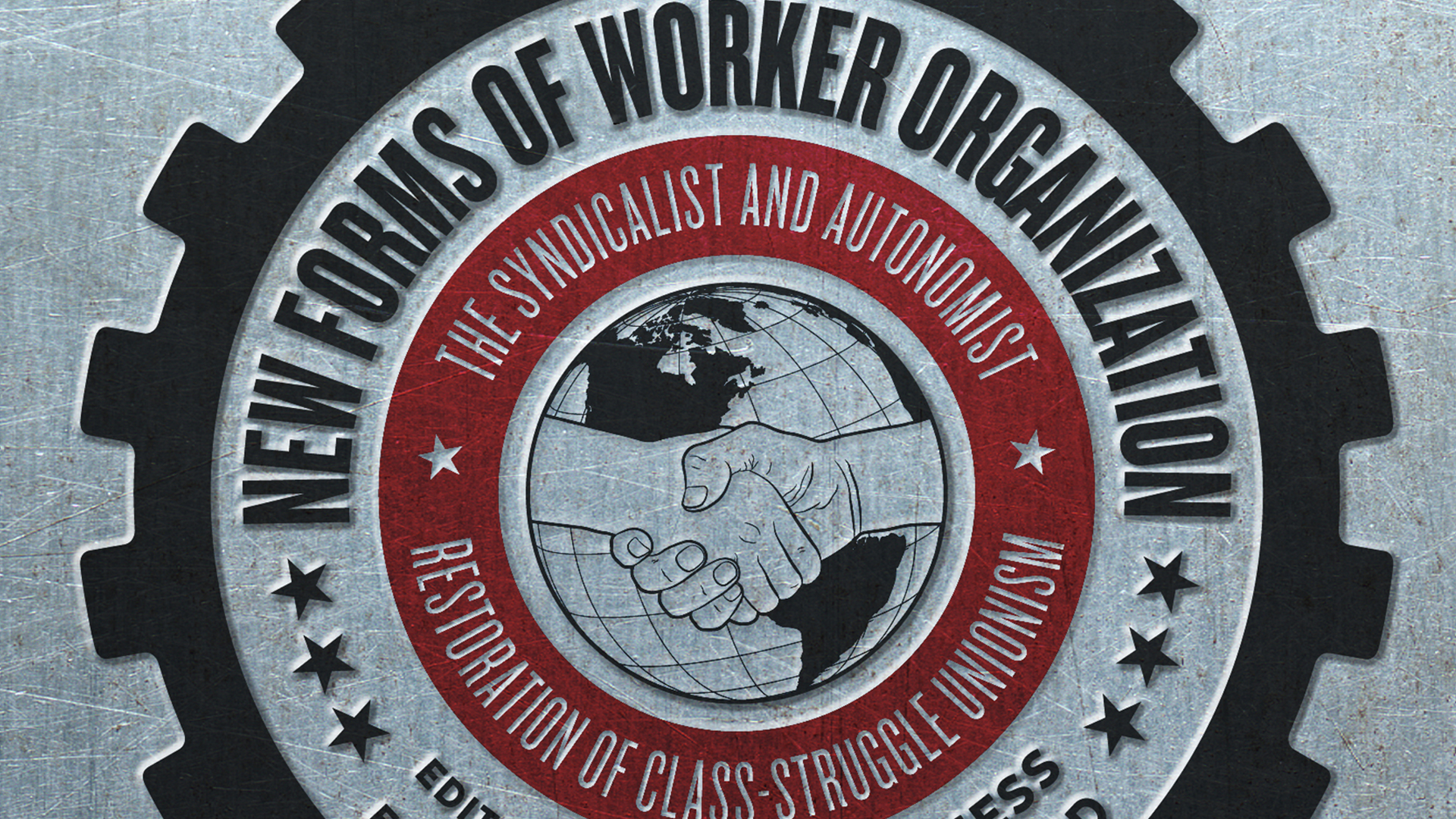
By Steve Early
Labor Studies Journal
Vol 40(1)
Ness, Immanuel, ed. New Forms of Worker Organization: The Syndicalist and Autonomist Restoration of Class-struggle Unionism. Oakland, CA: PM Press, 2014. 319 pp. $24.95 (paper).
Reviewed by: Steve Early, TNG/CWA Local 39521, Richmond, CA, USA
In a 2013 speech, AFL-CIO President Rich Trumka declared that our “system of work- place representation is failing to meet the needs of America’s workers.” To address this problem, Trumka endorsed “new models for organizing workers.” He pledged AFL- CIO support for “any worker or group of workers who wants to organize and build power in the workplace,” even if that activity doesn’t culminate in a signed union contract.
As radical historian Staughton Lynd notes in his forward to New Forms of Worker Organization (p. v), “alternative unionism” is now on everyone’s agenda—and not just in the United States. For longtime AFL-CIO critics like Lynd or sociologist Stanley Aronowitz, this represents vindication of a sort. They have long argued that union building should not be defined—or deformed—by legal certification, employer recognition, or post–Wagner Act collective bargaining agreements (never complete without a no-strike clause). Nevertheless, it’s not clear how many of our current “alt- labor” experiments—even those utilizing protest strikes—will actually produce what Lynd calls a “qualitatively different practice” of unionism, based on “horizontal rather than vertical” organizational structures (p. xii).
The strength of this eclectic collection lies in its showcasing of labor organizing, often little known, from around the world. Emmanuel Ness, a professor at Brooklyn College and editor of WorkingUSA, brings together examples of labor insurgency on four continents, some of it fairly large scale. The book’s contributors include shopfloor organizers for the Industrial Workers of the World (IWW) and many others engaged in alternative union formation or agitation in South Africa, India, China, Australia, Argentina, Russia, Sweden, Madagascar, and Colombia.
In his introduction and a concluding essay, Ness argues that the fight against “bureaucratic unions” is a cross-border imperative, just as important to workers in the former Soviet Union as it is to an increasingly disillusioned South African working class. During the anti-apartheid struggle, black-led unions and the broader liberation movement were long influenced by a Communist Party cadre within the Congress of South African Trade Unions (COSATU) and African National Congress (ANC). Today, the neoliberal ANC, COSATU affiliates like the National Union of Mineworkers (NUM), and their Communist Party allies face a labor revolt from below in mining and other industries.
As Cape Town labor educator Shawn Hattingh documents, South African miners began resorting to wildcat strikes and workplace occupations in 2009. When they pro- tested unfair pay and unsafe conditions, NUM officials joined mine owners in calling for police intervention, which led to the massacre of thirty-four strikers at Marikana in 2012. In response, reports Hattingh, “mass workers’ assemblies and committees have sprung up,” which “ have united workers across unions, drawn in nonunionized work- ers, including the unemployed and community members” (p. 113).
Two of the book’s most timely case studies describe fast food and service worker organizing, where left-led independent unions took the lead. Erik Forman, a young veteran of IWW campaigns at Starbucks and Jimmy John’s, a nationwide fast food chain, provides a vivid account of inside committee building and collective action at nine Jimmy John’s locations in Minneapolis.
Jack Kirkpatrick, an IWW activist in Britain, chronicles London-wide campaigning by building cleaners, many of them immigrants. In his story of “twenty-first century solidarity unionism,” Kirkpatrick similarly provides many inspiring examples of rank- and-file “leadership development through education on the job, empowerment through direct action, and ‘self-ownership’ of that action” (p. 257).
The Forman and Kirkpatrick chapters are, by themselves, worth the price of the book, particularly for organizers involved in Our Walmart, the “Fight for Fifteen,” and workers’ center activity in other low-wage sectors. Readers less enthused about the “syndicalist and autonomist” tradition than Ness and his contributors will still find New Forms of Worker Organization to be an invaluable resource, widening our hori- zons about union models, old and new.






